Original Publication DATE: 6/10/2012
Lewisia kelloggii in the Siskiyous
In the southern Siskiyou Mountains, around the headwaters of Bluff Creek, a discovery was made a few years ago that I was intrigued to see for myself. Kirk Terrill, a Forest Service Botanist, found an unusual flower on an isolated ridgeline of serpentine. In 2010 these plants were determined to be Lewisia kelloggii and, thus far, this is the only documented population in the Klamath Mountains. Elsewhere it grows sparsely in the high country of the Sierra Nevada. In the Siskiyous it grows under and among another regional rarity–lodgepole pine. Driving up the forest service road from Highway 96 toward Cedar Camp I knew these trees would be the key to finding the rare lewisia, which only blooms for a short time in early June. Upon finding the lodgepoles and the serpentine, I unsaddled and walked the stark ridgeline. Within half and hour I had succeeded in my own rare-plant treasure hunt. Read about the one that inspired my journey, written by Carol Ralph of the North Coast Chapter, Califiorina Native Plant Society, HERE.
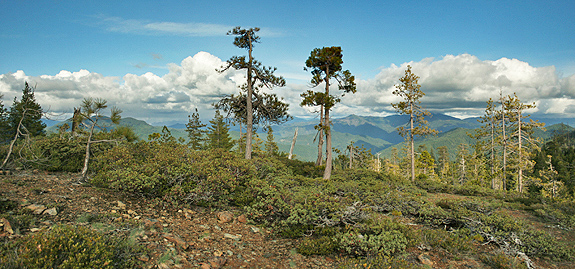
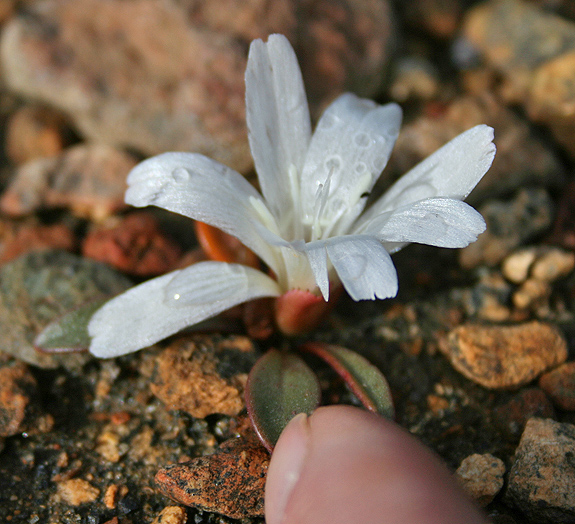
Blue Creek Trail – A view of the Siskiyou/Blue 2 fire of 2008
I also took a day hike along the Blue Creek Trail and though the trail was in rough shape and hard to follow at times, I had a wonderful adventure. I ran out of time and energy to make it all the way into the depths of the canyon where, on a future visit, I hope to re-explore some of the most beautiful old-growth forest I have ever seen. Forests of Blue Creek are also home to one of California’s rarest mammals–the Humboldt marten (you didn’t think I was going to say Bigfoot did you?).
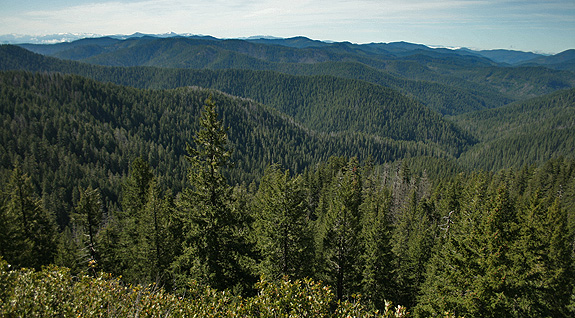
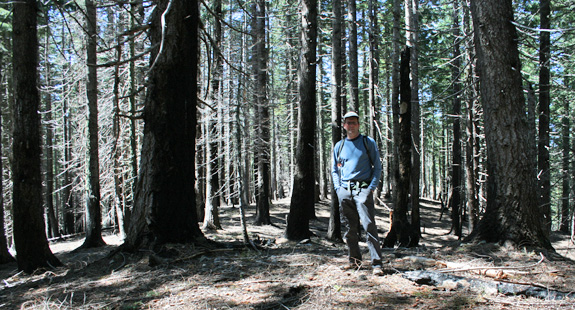
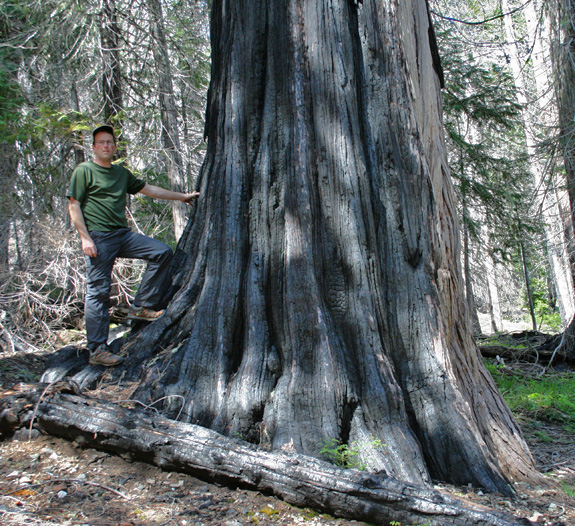
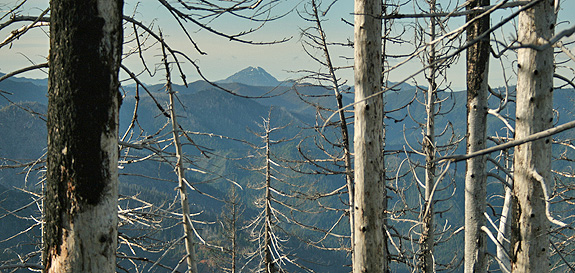
—–
COMMENT:
AUTHOR: Mom
DATE: 6/10/2012 2:19:11 PM
Great post. Miss you. It is a comfort to know you are in the arms of Allison, Sylas is in the arms of you and you are all peacefully happy in the shade of all of those wonderful conifers.
—–
COMMENT:
AUTHOR: Jeffrey Kane
DATE: 6/10/2012 6:01:32 PM
sweet spot and plant. glad that Papa Kauffmann is still able to get out and enjoy the woods.
—–
COMMENT:
AUTHOR: Dwight
DATE: 6/30/2012 3:57:51 AM
I just got your book today. This book will increase my enjoyment of the area every weekend. (I live in Crescent City.)
Thanks Dwight! I’m glad you are enjoying the book. -Michael
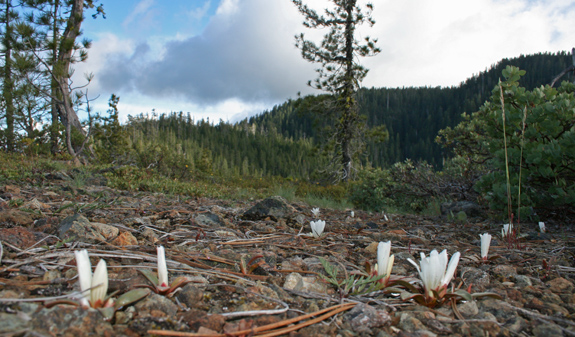
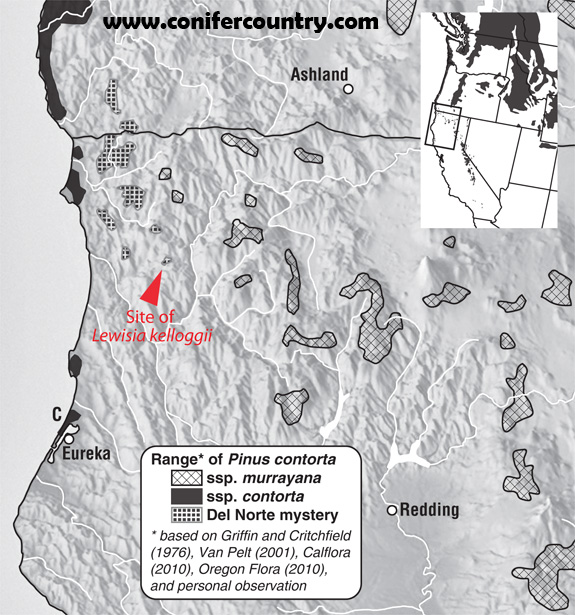
It took a few years, but the trails in the Blue Creek area finally got knocked into shape. There are a few big down logs between the southern trailhead and the last of the creek crossings, but they won’t slow you down too much. (All this is subject to the possibility of 2020-21 winter storms having brought down new obstacles. As always, you take your chances early season.) The G-O Rd. is probably clear of snow right now. (But drive with caution, trees have a way of falling across this road.) The gates across side roads in the areas (to control spread of the Port Orford-cedar pathogen) generally open June 1. Go see this beautiful area! Good conifer diversity. The rhododendron bloom is usually great going in from the southern trailhead during early June.